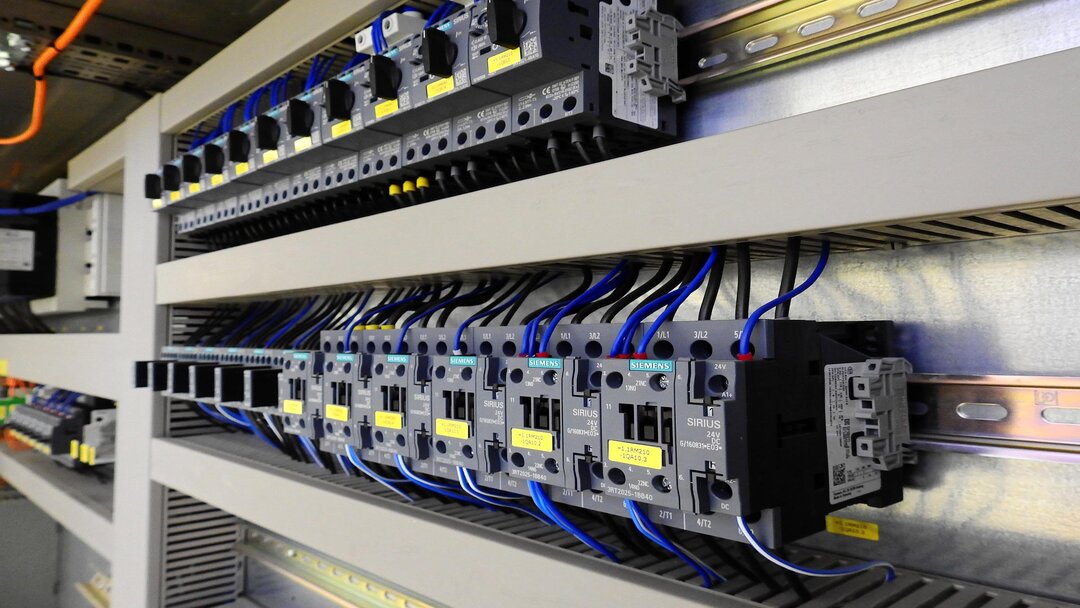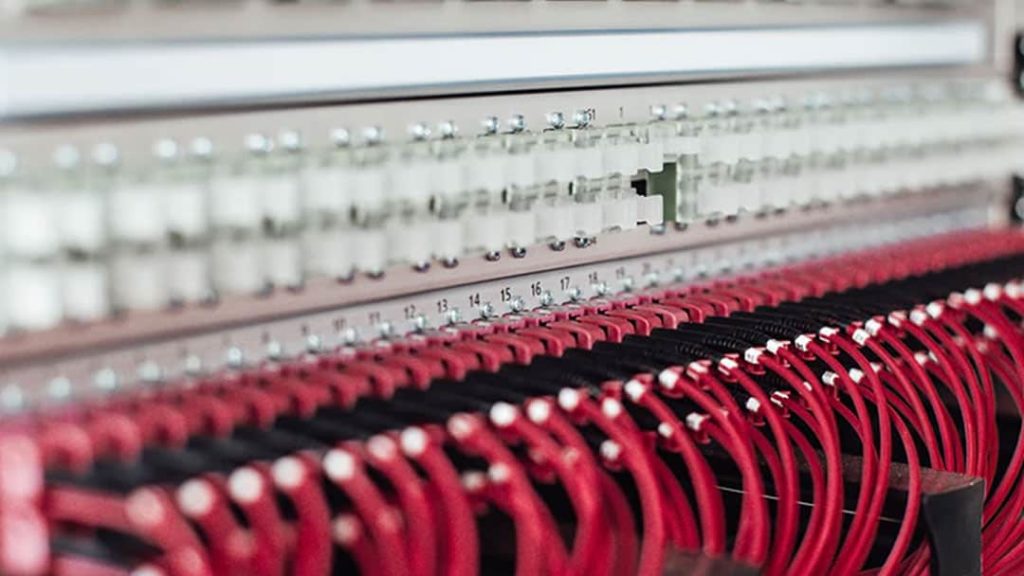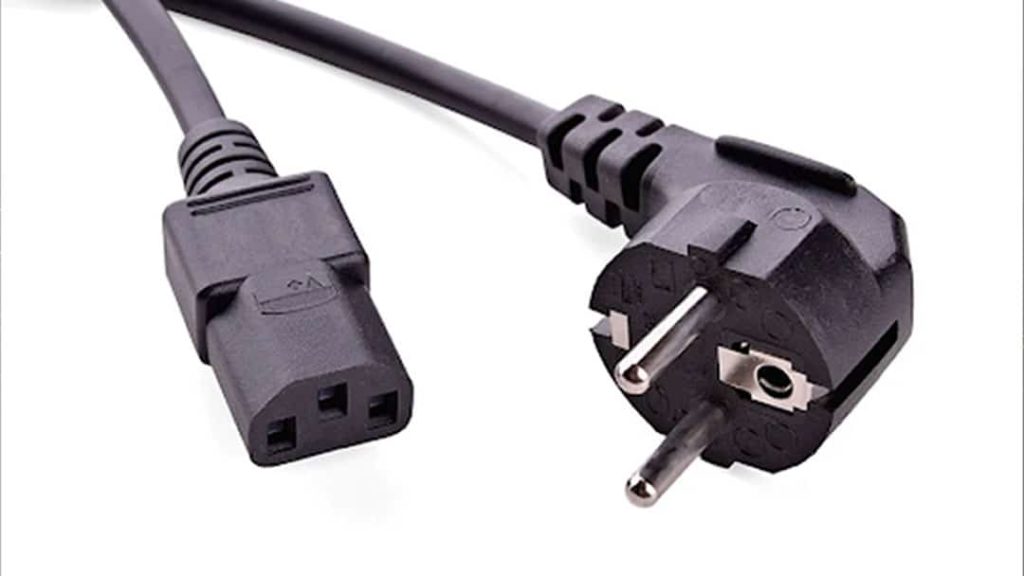Effectively managing a data center means becoming acquainted with its working parts. Circuit breakers are vital to ensuring all of your equipment stays protected.
The United States currently boasts the most data centers by a significant margin, followed by Germany and the UK. One of the biggest concerns of any business that relies on data center operations is safety. Just a few minutes of downtime caused by using the wrong equipment or failing to clean can cost your business thousands of dollars. You could even lose customers!
We have 5 basic tripping settings for circuit breakers you should know about. Keep reading to keep your data center safe and your operations running smoothly.
The Function of a Circuit Breaker
The function of a circuit breaker is to protect your equipment from a possible power outage. The most common causes of short circuits are faulty equipment, storms, or excessive load.
Although household circuit breakers range from 15 to 20 amps, a data center has a much higher electrical load to consider. The amp level required for so much equipment running simultaneously ranges from 1,000 amps to 10,000 amps on average. The circuits you have to consider for your data center include:
- Standard breakers
- Ground fault circuit interrupter
- Arc fault circuit interrupter
Related: How to Cool a Server Room Properly [2023]
Why Does It Mean When Circuit Breakers Trip?
Tripping is a term used to describe a circuit breaker experiencing an electrical overload. As stated above, these issues are caused by a variety of factors.
Preventing your circuit boards from tripping is more than possible when you study the different models on the market. No matter which one you buy, all these models will have an electronic tripping unit with the same underlying foundation.
Related: Data Center Cleaning Best Practices
Continuous Amps
The first circuit breaker tripping setting we’ll look at is the continuous amp. This setting is designed to vary the current level without tripping the circuit.
You can modify these amps between 20% to 100% of the overall circuit breaker rating, which is helpful if you need to modulate your data center’s power. For example, a 500 amp breaker can be adjusted by reducing the continuous amp to a lower percentage.
Long Time Delay
The long-time delay tripping setting is on the opposite end of the spectrum. This setting allows a specific time to pass before the circuit breaker trips.
You will determine how much time has passed by adjusting the number of seconds in proportion to the continuous amps setting.
Short Time Pick Up
Short-time pickup is somewhat similar to long-time delay and uses a function called selective tripping. This function allows downstream protective devices to eliminate any short circuits without tripping.
Data centers require a high level of coordination from multiple skill levels. We’re happy to provide industry analysis, consultation, and educational reviews all in one place.
Short Time Delay
The short time delay provides a higher level of control, allowing you to postpone the arrival of a short-time pickup trip in your circuit breaker.
Many businesses prefer short-time delays because of the improved coordination this function allows. This tripping setting allows you to override other functions if necessary.
Ground Fault Pick Up
Last but not least, we recommend considering ground fault pick-up. This setting allows you to control ground fault currents that might cause your breaker to lose connection to its circuit.
The adjustments of the ground fault pick-up are similar to the continuous amps, allowing between 20% to 70% adjustment of the maximum rating. Your trip point will likely not exceed a certain amp level, so make sure to pay close attention to your numbers.
Related: What Are Data Center Operations?
Why You Should Choose the Right Circuit Breaker
Managing a data center is a delicate balance. Not only do you need to choose the right equipment, but you also need to ensure that equipment is protected year-round.
Circuit breakers are susceptible to a phenomenon called tripping, a term describing an electrical overload, glitch, or storm. The type of circuit breaker you buy and the amp level will determine the best tripping settings for you to use. While household circuit breakers usually don’t go beyond 100 or 200 amps, data center amps can hit up to 10,000 amps.
The 5 basic tripping settings for circuit breakers you should know about are:
- Continuous amps
- Long time delay
- Short time pick up
- Short time delay
- Ground fault pick up
Choosing the correct circuit breaker and tripping settings will protect you from financial loss in the event of a power outage. You’ll also improve customer relations by continuing to provide reliable, accessible business.
Give your data center the best possible chance at success. Call us today for the best in data center construction and consultation.
Last Updated on June 8, 2023 by Josh Mahan




